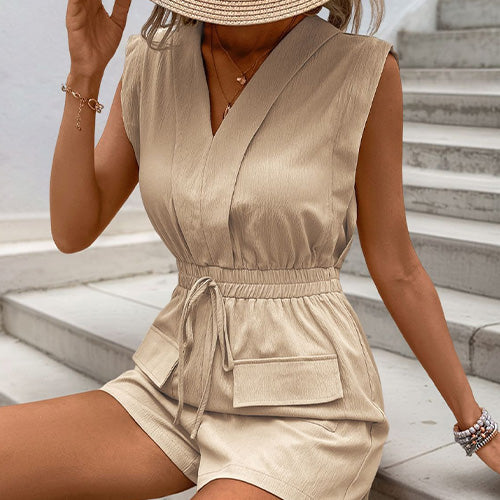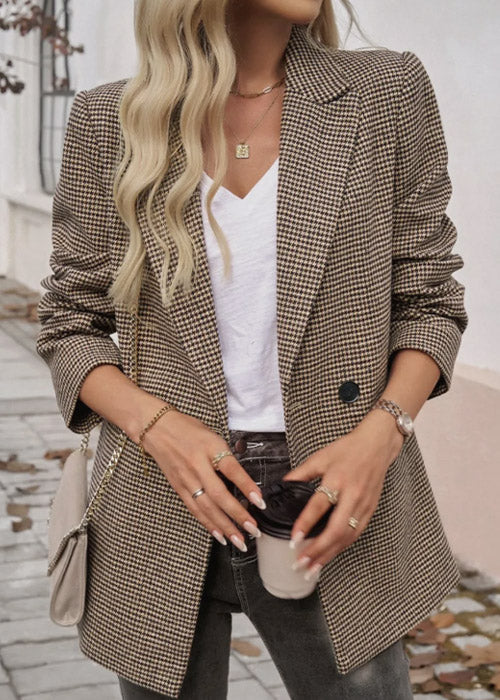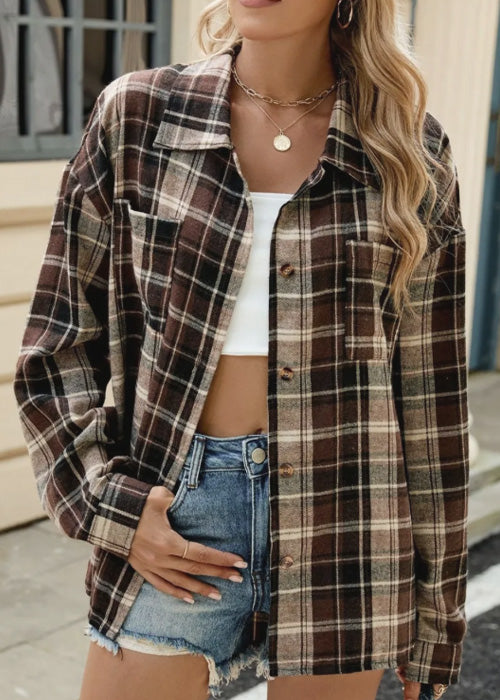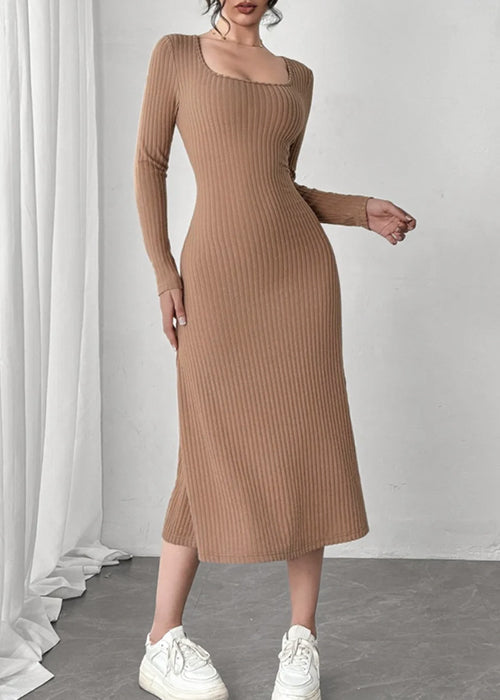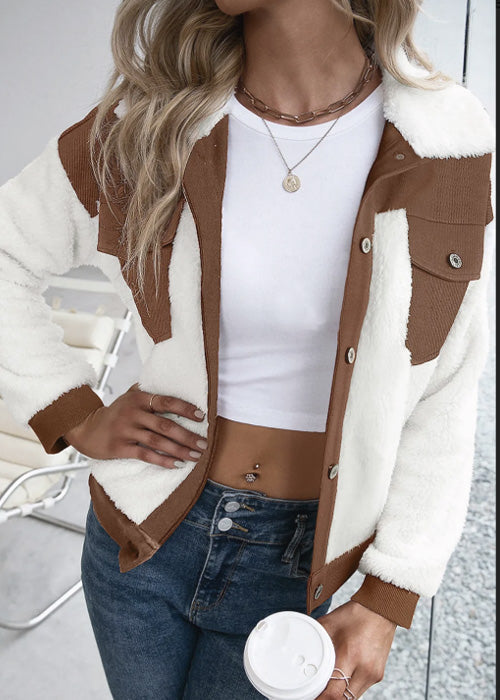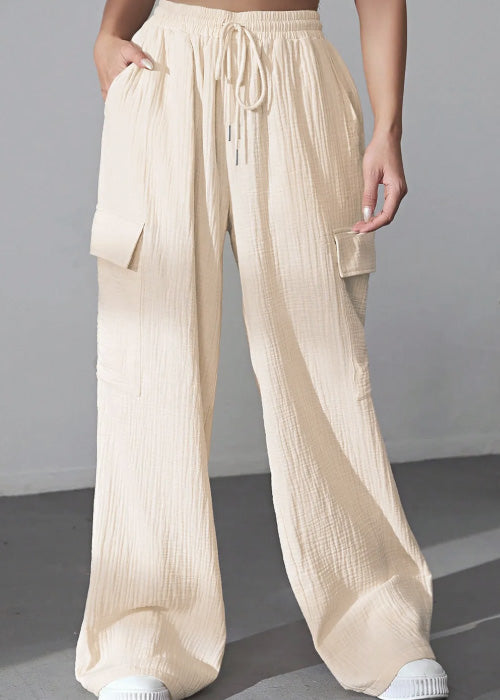Viscose fabric is often described as a luxurious and eco-friendly textile that has become a popular choice in the fashion industry. Known for its smooth texture, breathability, and silk-like appearance, viscose combines elegance with comfort. In this article, we’ll explore the origins of viscose, its production process, properties, uses in fashion, and how to care for it. We’ll also discuss its pros and cons and share fascinating facts about this versatile fabric.
The Origins of Viscose Fabric
Viscose, also known as rayon, was first created in the late 19th century as an alternative to silk. It was originally developed by the British chemist, Sir Joseph Swan, who sought to create a more affordable substitute for silk. The fabric is derived from wood pulp, usually from trees like beech or bamboo, making it a semi-synthetic fiber. Over the years, viscose became a key material in the fashion world, prized for its softness and drape, giving it a luxurious feel similar to silk.
While viscose is not entirely natural, its production process and versatility have made it a favorite in the textile industry. Today, viscose is used widely in clothing due to its comfortable, breathable qualities and attractive finish.
How Viscose Fabric is Made
Viscose fabric is produced through a chemical process that transforms wood pulp into a fiber. The process begins with dissolving wood pulp in a solution of sodium hydroxide, followed by adding carbon disulfide to create a viscous solution (hence the name “viscose”). This solution is then extruded into fibers and spun into yarn, which can be woven or knitted into fabric.
The entire process, though chemically intensive, allows for the creation of a soft, lightweight, and breathable material. As a result, viscose fabric can mimic the luxurious feel of silk or cotton but at a more affordable price point. Furthermore, since it’s made from wood pulp, it’s a renewable resource, making viscose an eco-conscious choice for sustainable fashion.
Viscose in Women’s Fashion
Viscose is a versatile fabric widely used in women’s fashion for a range of clothing, from casual wear to more formal dresses. The fabric is lightweight, comfortable, and drapes beautifully, which makes it ideal for creating fluid, flowy dresses, blouses, skirts, and even lingerie. Its silk-like appearance gives garments a soft sheen, adding an extra touch of luxury without the high price tag of natural silk.
At our store, we offer a range of women’s clothing made from viscose that embodies both style and comfort. From chic dresses to stylish blouses, viscose fabric is the perfect choice for fashion-forward women who appreciate both aesthetics and comfort in their clothing.
Properties of Viscose Fabric
Viscose fabric is loved for its unique properties, which include:
- Softness: Viscose has a smooth texture and soft feel, similar to silk or cotton.
- Breathability: This fabric is highly breathable, making it a comfortable option for warm weather.
- Absorbent: Viscose absorbs moisture efficiently, keeping you cool and dry.
- Drape: It has an elegant drape, which makes it ideal for creating flowing, structured silhouettes.
- Shine: Viscose fabric has a subtle shine, adding a luxurious look to garments.
- Biodegradable: Viscose is biodegradable, which makes it a more sustainable alternative to synthetic fibers.
Caring for Viscose Fabric
Viscose fabric, while soft and comfortable, does require careful attention when it comes to washing and maintenance. Here are some tips for properly caring for your viscose garments:
- Washing: Hand wash or machine wash in cold water using a gentle detergent. Avoid harsh chemicals and bleach, as they can damage the fabric.
- Drying: Viscose is prone to shrinking, so air dry your garments flat to prevent distortion. Avoid wringing or twisting the fabric.
- Ironing: Viscose wrinkles easily, so it’s best to iron it while it’s still slightly damp, using a low heat setting to avoid burning the fabric. Alternatively, use a steamer for a gentler option.
By following these simple care instructions, you can help preserve the beauty and softness of your viscose clothing for years to come.
Advantages and Disadvantages of Viscose Fabric
Advantages:
Viscose fabric offers a range of benefits, including its silk-like appearance, breathability, and affordability. It is soft, lightweight, and has excellent moisture-absorbing qualities, making it a great option for warm climates. Additionally, viscose is biodegradable, which makes it a more sustainable choice compared to synthetic fibers like polyester.
Disadvantages:
One of the main drawbacks of viscose is its susceptibility to wrinkles, which may require frequent ironing. The fabric can also lose its shape if not properly cared for, and it may shrink when washed in hot water or dried in a high-heat setting. Additionally, the production of viscose involves a chemical process that may have environmental impacts, though modern advancements have aimed to reduce these effects.
Why Viscose Fabric is a Must-Have in Your Wardrobe
Viscose fabric strikes the perfect balance between luxury and affordability. It offers the silky feel and elegant drape of high-end fabrics, yet is more accessible and versatile. Whether you're looking for a sophisticated evening gown or a lightweight summer blouse, viscose provides a range of options for every occasion.
With its breathable qualities and beautiful shine, viscose ensures you can stay comfortable and stylish no matter the season. It’s an essential fabric for any fashion-conscious woman looking for a sustainable yet luxurious fabric.
Interesting Facts About Viscose Fabric
- Viscose was first developed as a cheaper alternative to silk in the early 1900s.
- Despite being made from wood pulp, viscose has a similar feel to natural fibers like cotton and silk.
- Viscose is highly absorbent, making it perfect for activewear and summer clothing.
- It’s often used in combination with other fibers like cotton or polyester to enhance the fabric’s qualities.
- Viscose is biodegradable, making it a more eco-friendly option compared to synthetic fabrics.
- The production of viscose fabric has become more sustainable over time, with more eco-conscious methods being introduced.
- Viscose was used extensively during the Art Deco period in the 1920s due to its luxurious appearance and affordability.
Sustainability and Viscose Fabric
Viscose is an environmentally friendly fabric when sourced responsibly. The use of wood pulp from sustainable forests, along with eco-friendly production methods, ensures that viscose can be a sustainable option in fashion. By choosing viscose clothing, you’re not only enjoying a luxurious fabric but also supporting efforts to reduce the environmental impact of textile manufacturing.
Final Thoughts
Viscose fabric offers a perfect blend of luxury, comfort, and sustainability. With its softness, breathability, and elegant drape, it’s an ideal choice for modern women who value both style and eco-conscious fashion. Whether you’re looking for casual daywear or a glamorous evening dress, viscose provides the perfect balance of beauty and practicality.
Explore our collection of women’s clothing made from viscose and discover the elegance, comfort, and sustainability it brings to your wardrobe.
